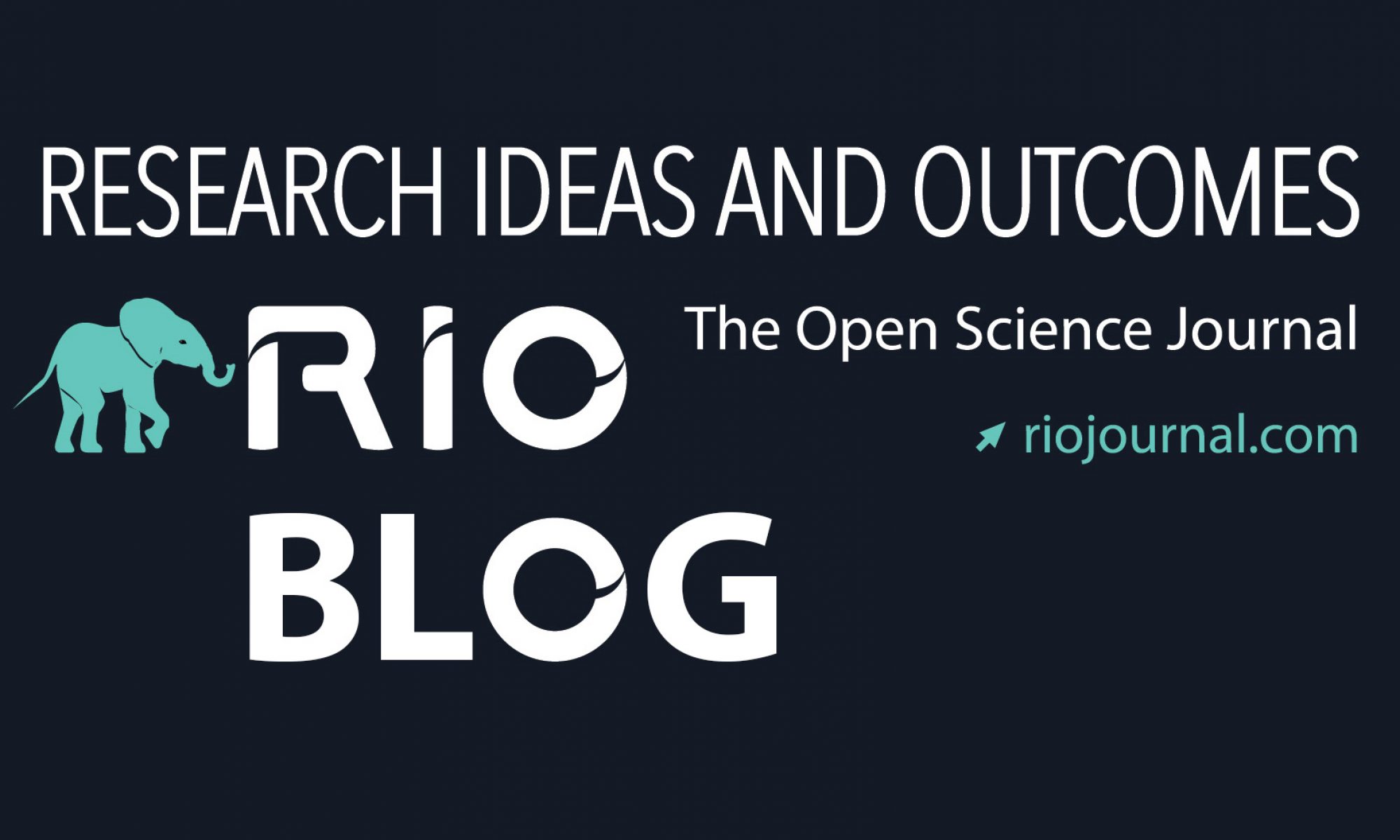Striving to address societal challenges in sectors including Health, Energy and the Environment, the European Union is developing the European Open Science Cloud, a complete socio-technical environment, including robust e-infrastructures capable of providing data and computational solutions where publicly funded research data are Findable, Accessible, Interoperable and Re-usable (FAIR).
Since 2007 The European Commission (EC) has invested more than €740 million in e-infrastructures through Horizon 2020 (the European Union Research and Innovation programme 2014-2020) and FP7 (the European Union’s Seventh Framework Programme for Research and Technological Development). They want to see this exploited in full.
Many research communities are, however, struggling to benefit from this investment. The authors call for greater emphasis on Virtual Research Environments (VREs) as the only way for researchers to capitalise on EC advances in networking and high performance computing. The authors characterise this as a “last mile” problem, a term borrowed from telecommunications networks and once coined to emphasise the importance (and difficulty) of connecting the broader network to each customer’s home or office. Without the last mile of connectivity, a network won’t generate a cent of value.
Some concerns around the transition to Open Digital Science refer to attribution and quality assurance, as well as limited awareness of open science and its implications to research. However, most difficulties relate to many e-infrastructure services being too technical for most users, not providing easy-to-use interfaces and not easily integrated into the majority of day-to-day research practices.
Trustworthy and interoperable Virtual Research Environments (VREs) are layers of software that hide technical details and facilitate communication between scientists and computer infrastructures. They serve as friendly environments for the scientists to work with complicated computer infrastructures, while being able to use their own set of concepts, ways of doing things and working protocols.
Helping them to solve the difficulties noted above, VREs could guide the skeptical research communities along the ‘last mile’ towards Open Digital Science, according to an international team of scientists who have published their Policy Brief in the open access journal Research Ideas and Outcomes (RIO).
The authors state “These domain-specific solutions can support communities in gradually bridging technical and socio-cultural gaps between traditional and open digital science practice, better diffusing the benefits of European e-infrastructures”. They also recognise that “different e-infrastructure audiences require different approaches.”
“Intuitive user interface experience, seamless data ingestion, and collaboration capabilities are among the features that could empower users to better engage with provided services,” stress the authors.
###
Original source:
Koureas D, Arvanitidis C, Belbin L, Berendsohn W, Damgaard C, Groom Q, Güntsch A, Hagedorn G, Hardisty A, Hobern D, Marcer A, Mietchen D, Morse D, Obst M, Penev L, Pettersson L, Sierra S, Smith V, Vos R (2016) Community engagement: The ‘last mile’ challenge for European research e-infrastructures. Research Ideas and Outcomes 2: e9933. doi: 10.3897/rio.2.e9933>




